“This weather must be just like riding in the UK right now… ”
Race day of Land Run 100 and the fair weather of the previous day has overnight been replaced by something akin to a good British autumn: cold, wet and windy.
The Land Run 100 is one of the many growing U.S. gravel grinder events. Held in Stillwater, Oklahoma, it has made a name for itself amongst gravel fans for the iron-rich clay mud that is found atop long sections of the course. This is industrial-strength mud that just doesn’t quit. Forget your sloppy, wet brown mud—this stuff is bright orangey-red and all it wants to do is eat bikes
The name of the game at Land Run 100 is bike preservation. At any moment, the course can consume your drivetrain and leave you stranded awaiting a ride back to town with the bad taste of a DNF in your mouth… and in short, that’s exactly what happened to me.
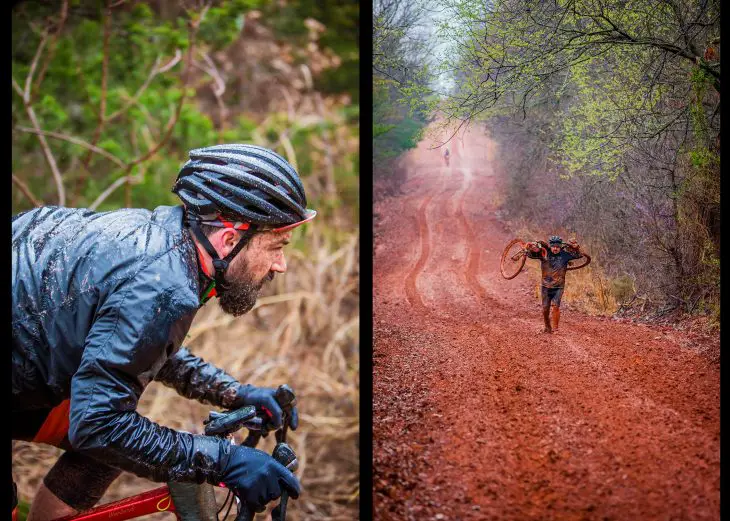
Since finding gravel grinding events, I have been keen to get over to the U.S. as often as possible to ride them. With a few Dirty Kanza finishes and an epic Trans Iowa under my belt, Land Run 100 looked a fun departure from the huge days the other events had offered. As the name suggests, the course is roughly 100 miles. In the grand scheme of gravel grinders this was a distance that seemed almost sociable.
The Land Run 100 is the realisation of one man and his family’s huge passion for the gravel community. Event organiser Bobby Wintle is a true ambassador for gravel grinding and the town of Stillwater. Owner of the event HQ, District Bicycles, this guy’s enthusiasm for riding, the participants, and his event knows no limits. Each and every rider knows that there will be a big Wintle hug waiting at the finish. That hug is often needed as each rider has toiled a day of pushing through, clearing out, and sliding in… mud.
Lining up on Saturday morning, it definitely did feel like a British autumn—cold and wet, with the forecast indicating more rain throughout the day. As I waited for the starting cannon (yes, someone brought a cannon), I was bemused by the guy starting just in front of me dressed in a cotton T-shirt, shorts, and running shoes, riding an old mountain bike. One of us had totally over- or underestimated the task in hand… I was hoping at this point I was over-prepared and it was going to be all laughs and smiles for the next 100 miles. That was the last time I saw this guy.
As I often do when travelling overseas, I borrowed a bike from the guys at Salsa Cycles: a Salsa Warbird, never a bad place to be as this model has been under me for every single U.S. gravel event finish. Based upon rider chatter about how severe the conditions could be, being on a ‘rental’ and not my own bike seemed like a good idea.
One great consistency between all U.S. gravel events is the ‘roll out of town’ starts. Small town America in the Midwest is a fine thing to behold. Local businesses get behind these events and the local residents are all too keen to come and watch the spectacle. We rolled out through the streets behind a highway patrol police car before the racing started.
I had already decided long before getting to the event that this would be a ride, not a race, but the boost in speed you get when riding in a pack is unavoidable. I love the apprehension and nervous energy of those first few miles and I love that moment you transition from pavement to gravel. The speed is almost unwavering, but suddenly what was solid reliable ground becomes this shifting mass under your wheels. You no longer steer with precision—you drift and flow.
Prior to the start, I heard a guy talk about his tactic for the day and it seemed pretty solid logic. At the halfway point on the course, the only checkpoint is found, located in the town of Guthrie. In Guthrie, you can have your support crew set up to give your bike and your body some attention. So, the plan was quite simply to get out near the front and stay there until at least Guthrie. The logic being, as the day progressed the rain and riders would cut up the course, so early walking through mud for the guys near the back was likely; save any walking for later in the day. With this in mind I was conscious to press on early in the event.

At first the surface was gravelly and good. Even the red clay we encountered looked to be supporting the load of the many riders, and the bikes looked untroubled.
One thing I do like about being a stranger to the areas at these events is that you ride with the innocence of ignorance. You know what your total mileage needs to be but you can’t gauge distance covered by landmarks or street signs. I navigate via GPS, but the only information I display on the screen is the line I am following… no time, mileage or climbing gain. I find without the mental clutter of too much data I can just ride and even enjoy the experience, no matter how adverse the conditions. Knowing how far you have ridden or have left to go does not make the distance you need to pedal any shorter… knowledge in this instance is not power, ignorance is indeed bliss.
I was making good time, I was riding with guys covering the distance quickly, and though mud was encountered I was exercising caution and never pushing big gears. So far, I hadn’t had to cover any ground by walking.
The combination of the slippy mud and gravel tyres (read: almost slick) proved for interesting descending, often reliant on luck over skill to stay upright. The technique here was to scrub speed by aiming for the deeper mud sections or for the wetter parts where water cleared the tyre tread a little—the obvious negative being an extensive covering of mud and water.
The weather did not disappoint and stayed true to its forecast of being wet and cold. Riding through puddles with summer riding shoes had allowed my socks to get soaked through, and all I was now focusing on was whether I had packed a spare pair in my bag with the guys supporting in Guthrie.
Reaching Guthrie, I rode straight past my support crew (kind folk from Emporia, Kansas, home of the Dirty Kanza) and had to ride back up the hill to seek them out. I was cold and the discovery of my packed spare dry socks was a welcome boost. While I was towelled down (I obviously had gone with the deluxe support package), my bike was cleaned and fettled, allowing me to grab a snack before being told to leave and finish the event.
The temperatures now felt even lower than the morning, and after the stop my hands needed some coaxing to come back to life. Shifting the left shifter had to be done with the right hand until I could regain some dexterity.
I tackled every climb in the smallest gear, not through fatigue, but the fear that pushing anything bigger would cause catastrophic bike failure as mud and gravel clogged the frame and periodically caused the rear derailleur to skip.
As we reached the latter stages of the event, it was now a frequent occurrence to see riders and bikes being rescued from the course by the local Jeep club, an almost equal mix of the low temperatures or bike failure being the cause of retirements.
I imagine with just over six hours of riding and 80 miles ridden (stats extracted post event), I passed a small ‘oasis’ offering water, and for those who partake, whiskey. Not stopping, I entered a particularly bad section of the course. The mud was thick and heavy with chunks of gravel, the consistency of a good luxury ice cream.
Riding along this section without chance to act ,the rear derailleur skipped, then committed itself to an early grave. Derailleur wrapped up in the rear wheel at some ungainly angle, I stood and pondered my options. I was close enough to the end that a singlespeed hack could work, but without a chain tool I stood awaiting aid from a fellow rider. Luckily that aid came, and from a friend: Ryan initially rode past stopping 50m down the trail, the overshot being caused by lack of feeling in his hands and inability to brake effectively. With access to a chain tool I began the ‘conversion’. Ryan was suffering so I let him ride on (not before busting his saddle bag zip… sorry again, Ryan). My work was slow, impeded as much by my lack of skill in this arena as the red mud that covered every surface. Trying to push out and then back in a chain pin was reliant on periodically cleaning the working area with my waterbottle, only for the mud to take hold moments later.
After much faffing, I got the chain wrapped round, connected, and was able to start moving… for about 50m before the chain imploded. Another 30 minutes of faffing saw the production of a chain so short it wouldn’t wrap round any gear combination.
Know when you are defeated. Though the riding distance was short at a little under 20 miles, it was a long way to walk. DNF. My Bobby Wintle finish line hug was not going to happen.
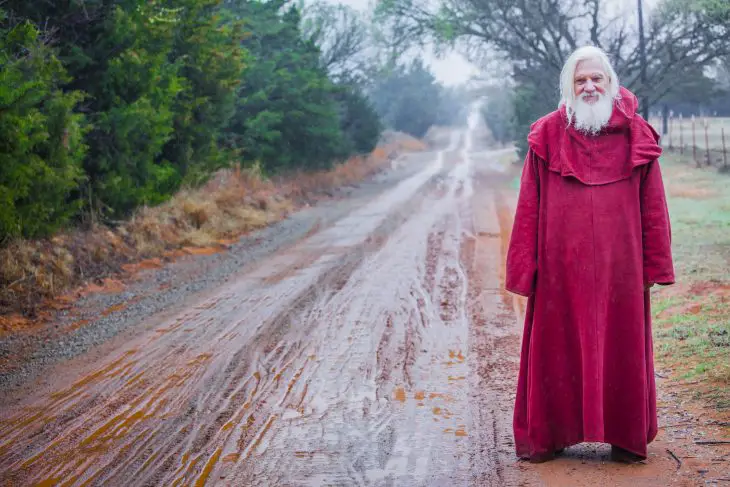
All that was left to do was catch a ride back to town. Luckily the next available Jeep was passing just minutes after the towel had been thrown in. Soon enough I was back in Stillwater watching friends finish and taking on board a few beers to ease my disappointment.
The day was certainly longer for some than others, as riders continued to come in hours after dark, each and every one getting their finish line hug and beer hand-up. Those who had finished hung around to welcome others back, though some needed extensive warming up first.
The Land Run 100 did not disappoint. I came having studied the images and videos expecting adversity and I found it. The conditions and the course put up a great fight and managed to see off nearly 90% of the starting field. Bodies and bikes were simply overwhelmed by what they found out on the back roads of Oklahoma, but strangely I feel drawn back to the event. There is the obvious need to put something to rest that is unfinished, but also, I have found another great event. The people, the place, even some of the course (when it wasn’t trying to kill my bike) offered a great experience. Next year I will be back. Armed with this experience, I now know to pack more dry clothes and less gears, for here, singlespeed surely must be the weapon of choice for those who seek reliability and a finish.
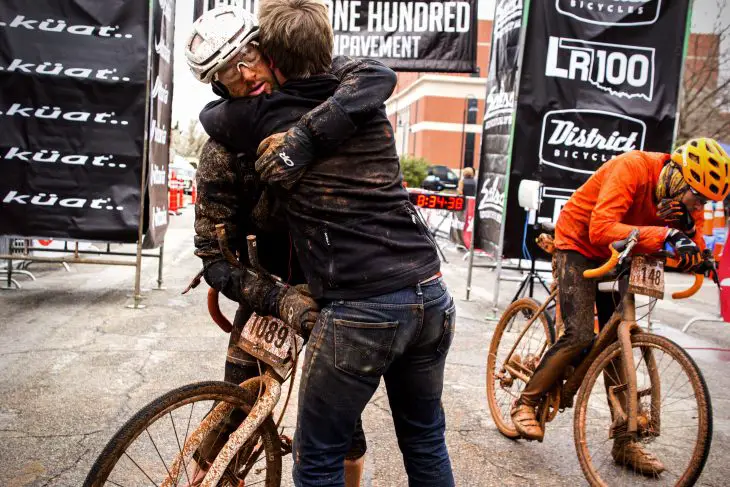
Event Info
Stillwater, Oklahoma is logistically a reasonably easy place to access. Many flight options exist from the UK to the Midwest airports in Kansas and Oklahoma, and the freeways are easily navigated in a hire car.
Accommodation is always at a premium, but there are numerous options.
Those looking to extend their visit to this part of the world would do well to check out travelksok.co.uk (or travelksok.ie) for both cycling and non-cycling tourist options.
All event info can be found at LandRun100.com.
Comments (2)
Leave Reply
Post Comment

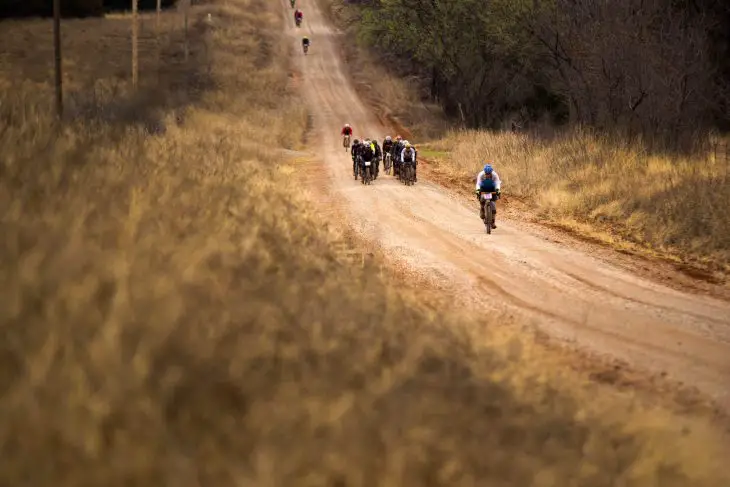
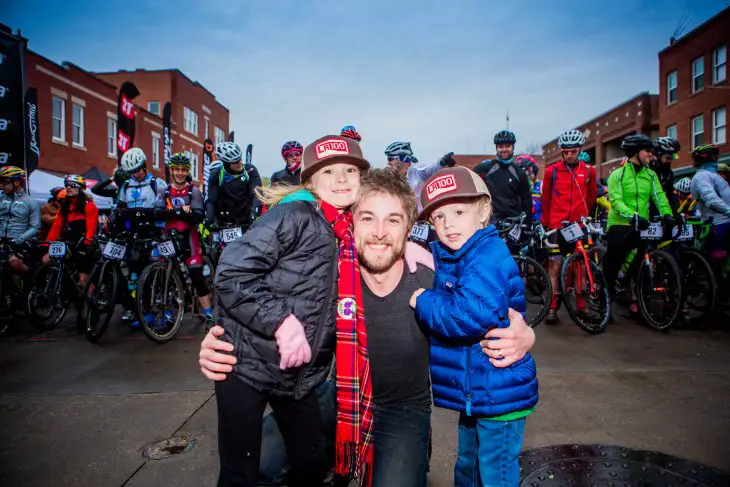
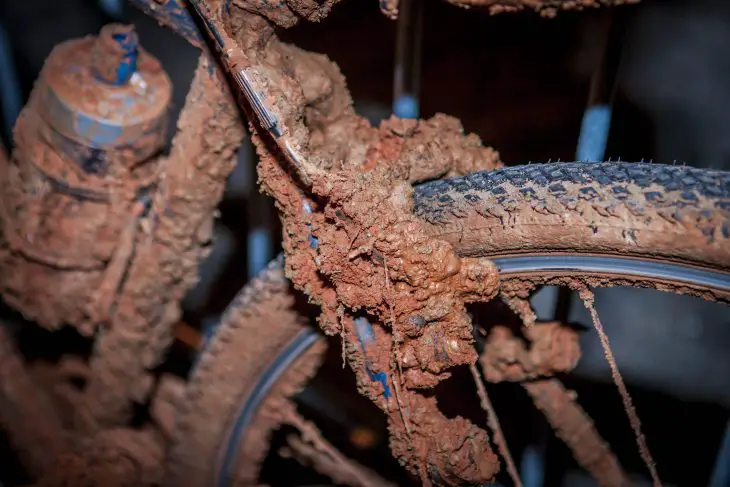
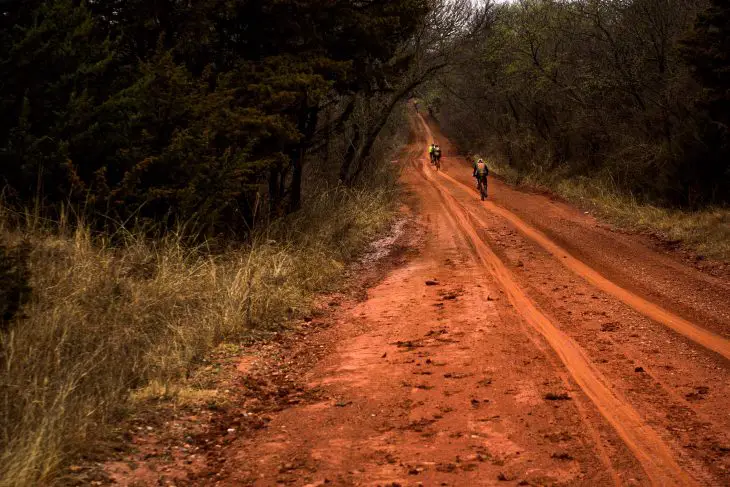


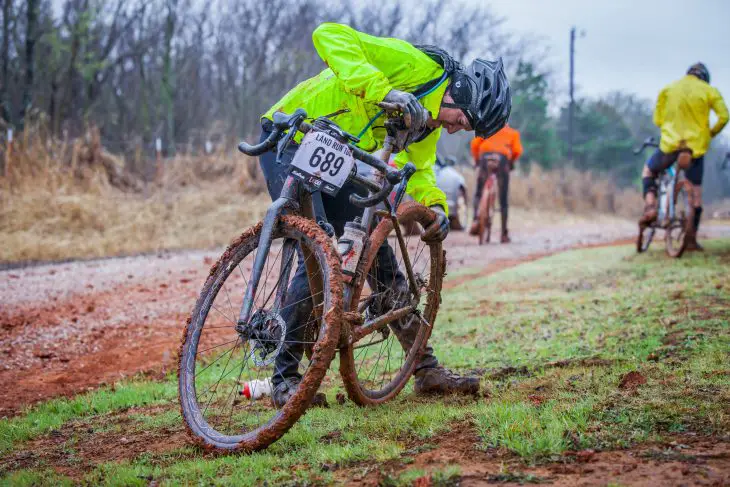
Doesn’t look like much fun. Bike wreaking events aren’t my cup of tea!
Doesn’t look like much fun. Bike wreaking events aren’t my cup of tea!